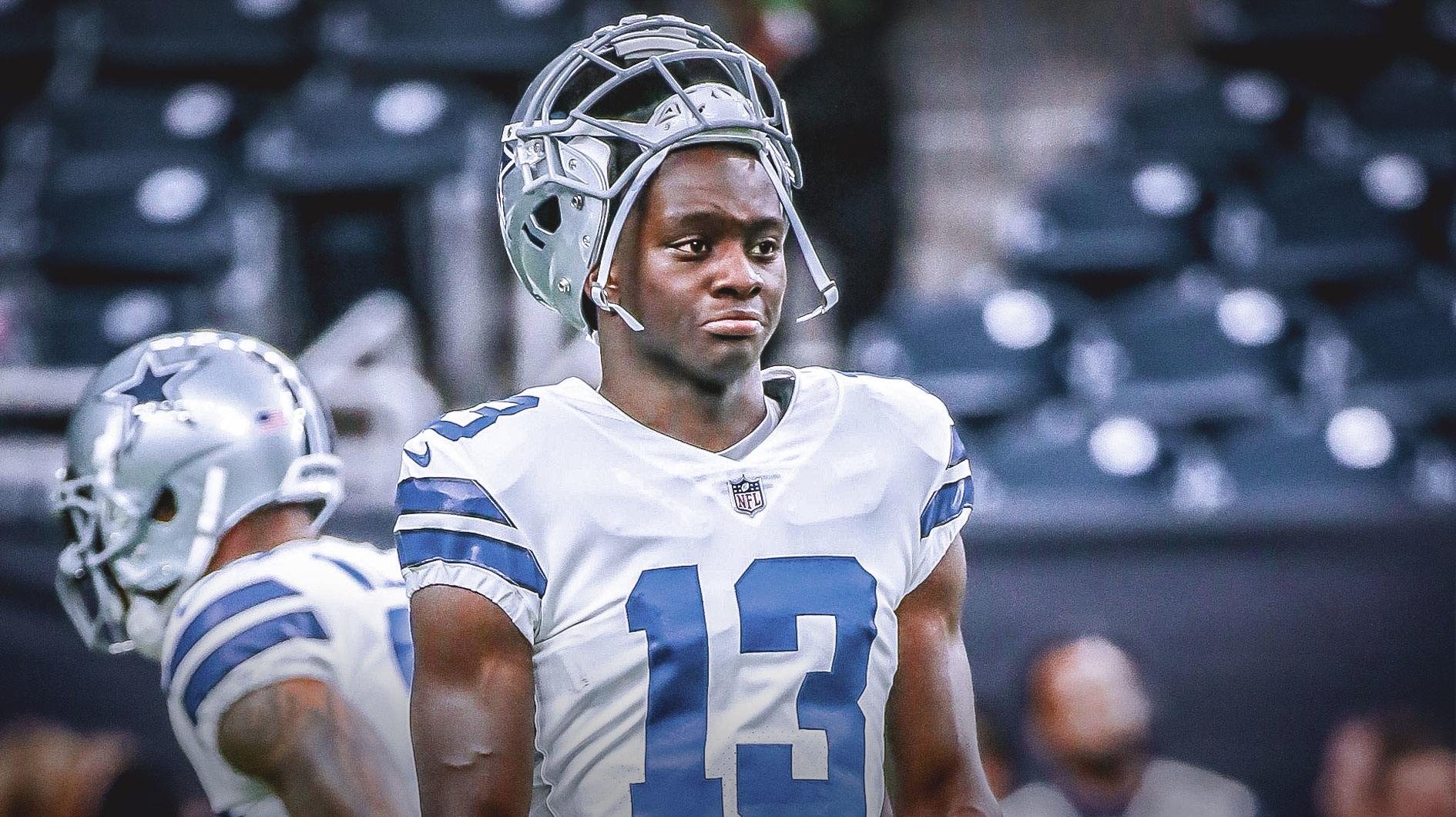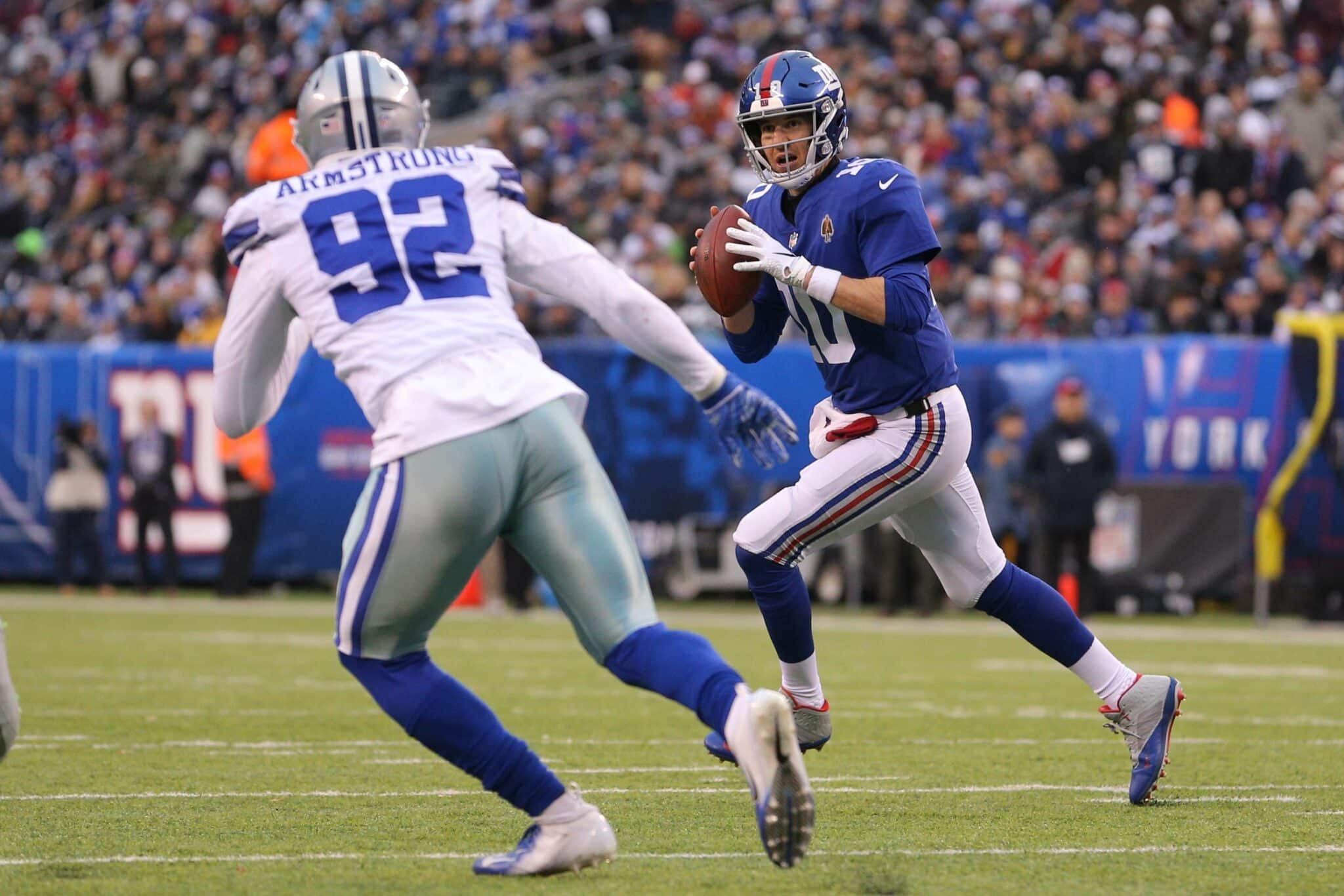[This is the second part of a two-part series.] In the first part of this series, we looked at the rash of ACL tears that have plagued the Dallas Cowboys this decade. So far, after four full seasons, plus one week of training camp, 10 of Dallas’ players have had this specific season-ending injury.
That compares to a total of just five in the seven previous seasons spanning from 2013-2019. That’s a significant jump. And it isn’t just the Cowboys suffering through this injury bug. It appears to be a league-wide issue as well.
After scouring the internet for data on ACL injuries, and this doesn’t include the recent rash of Achilles tears, a couple of things stand out.
First, it’s hard to track down the data on yearly ACL injuries. That’s a far cry from how easy it is to find concussion injury studies.
Second, there are a few studies out there and once you piece them together, it shows an alarming trend: ACL injuries are on the rise in the NFL.
Numbers On The Rise
Joe Mahoney over at Mile High Report compiled information from three sources (the NFL, Spotrac, and the Orthopedic Journal of Sports Medicine) and came up with this chart:

Note: His chart doesn’t include the 2023 season. It also appears the 2022 season was incomplete as it does not show Terence Steele’s ACL injury for Dallas in 2022.
Also, Loss Voakland, Joe?
I know the Raiders and Broncos are bitter rivals but, damn, son. The good news? The Cowboys aren’t leading the league in ACL injuries since 2020. That distinction belongs to the Broncos and Giants.
Like Mahoney, it’s hard to find data that predates the 2013 season. It could be that no one thought of digging back any further.
Or it could be that ACL injuries weren’t a big concern until the 2013 season.
Then again, ACL injuries don’t have a Will Smith movie attached to them like concussions do, a point noted by one researcher who has been studying ACL injuries in football.
The alarming item is that prior to the 2016 season, the highest number of ACL tears in the NFL was 28 in 2015.
The 2016 season saw a huge surge to 44 (the Chargers alone accounted for eight that year) and the lowest since was 36 in 2020. Again, the 2022 number is incomplete and likely hit closer to 40. I couldn’t get the data for 2023 yet.
There did seem to be quite a few, especially with the Cowboys logging four all by themselves last year.
What exactly is causing this appreciable increase in ACL injuries?
More importantly, what is the league doing about it?
Addressing The Issue
As noted above, the golden child of injuries in the NFL is concussions. The NFL (college football too) has been outlawing head contact as much as possible. The Guardian Caps may soon become mandatory during regular season games. It’s good to see the league taking that issue seriously and taking appropriate steps.
However, it’s hard to see what the league is effectively doing about the rash of ACL injuries.
In the short-term, the ACL injury is a little more catastrophic for a player. Concussed players are often back in a week or two. Players with a blown out knee are done for the year.
Some are never the same player when they do return to action.
A fact Dallas can attest to with receiver Michael Gallup. He blew out his left knee near the end of the 2021 season. His next two years in Dallas, he was literally a shell of his former self.
At the age of 28, Gallup is now a retired NFL player.

Unlike the Guardian cap, there isn’t an obvious piece of equipment to shore up the knee. At best, players could wear knee braces.
They are uncomfortable and affect the player’s stride. My guess, unless a player is recovering from an injury already, they aren’t going to be keen on wearing braces on each knee.
You can’t wrap the players in bubble wrap either. Which leaves a rather odious, but infinitely safer option.
Flag football…
Yeah, I screamed “No!” too for a good two minutes after I typed those words. That would likely be the death of the NFL. Besides, you can blow out an ACL just stepping down wrong while going out to the car.
There’s probably no way to eliminate injuries 100 percent in football.
Could the number of injuries be reduced significantly though? Perhaps instead of using defensive measures, we should look at prevention instead?
For that we have to explore the cause of the recent increase. That’s an elusive answer to find.
What’s Causing The Spike?
Is it bad luck? If it is, someone in the NFL broke a big mirror and hid the evidence.
So we can rule out bad luck.
Is it a training-related issue? Possibly.
Note that in 2019 there were 37 ACL injuries league-wide. In 2019, teams played a full season and a full pre-season slate too. In 2020 — thanks to COVID — there were no preseason games, which reduced the number of chances for injury significantly.
Yet, 2020 still had a total of 36 ACL injuries reported. Blake Jarwin went down for the year in the very first game with an ACL tear.

Another point in favor of the training-related source can be traced back to the CBA negotiated back in 2011.
In that agreement, in a bid to cut down concussions and other injuries, OTAs and full-contact practices were reduced. As was player access to the team’s medical personnel and training facilities.
The intent of these changes was to cut down on concussions and reduce wear and tear on the players’ bodies. Unfortunately, it seems to have had the unintended consequence of putting those same players’ knees at risk.
Dr. Jene Bramel in a blog posted at FootballGuys.com wrote:
“The decrease in mandatory offseason training activity time and minicamp sessions gives players more time on their own during the critical preconditioning time before training camp. Some players may be more diligent about their diet, fitness, and conditioning during that time than others.
“A player may pass his conditioning tests without difficulty,” Bramel added.
“But there’s a physical and mental readiness necessary to prepare the body to take hits at unexpected angles and handle other football-related stresses.”
The good doctor may be on to something here.
Is “Bigger, Stronger, Faster” At Issue?
I’ll preface this section by stating I am not a doctor of anything. My wife is in the medical field, albeit focusing on the lungs. I have engaged many of her colleagues in sports injury related discussions over the years.
I do have a theory, but I’ll leave it to the professionals to test it out.
In 1960, my dad played high school football as an offensive and defensive lineman. At 156 pounds. Their heaviest lineman on either side of the ball was 182 pounds.

That same year, the Cowboys’ linemen weighed in between 234 and 252 pounds.
Last year, the lightest lineman for Dallas was defensive end Dorance Armstrong at 255 pounds. Nose tackle Carl Davis topped the line at 335 pounds.
Is it possible that the human frame wasn’t designed to handle these body weights, at the speed players reach, with the force generated on impact? Not to mention all that weight in motion if a foot gets caught in the turf, or an awkward step is taken.
Could it be that bigger, at least in this case, isn’t better at all? Possibly. Maybe the only way the NFL cuts down on the injuries and makes the game a little safer is to impose some weight limits at each position.
I’ll leave that to the professionals to decide. Until then, the injuries will keep piling up until a solution is finally found.